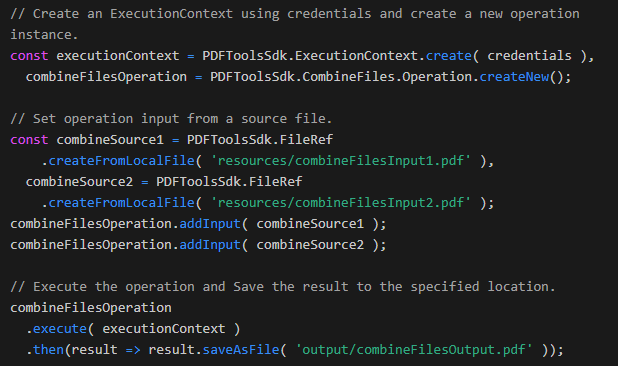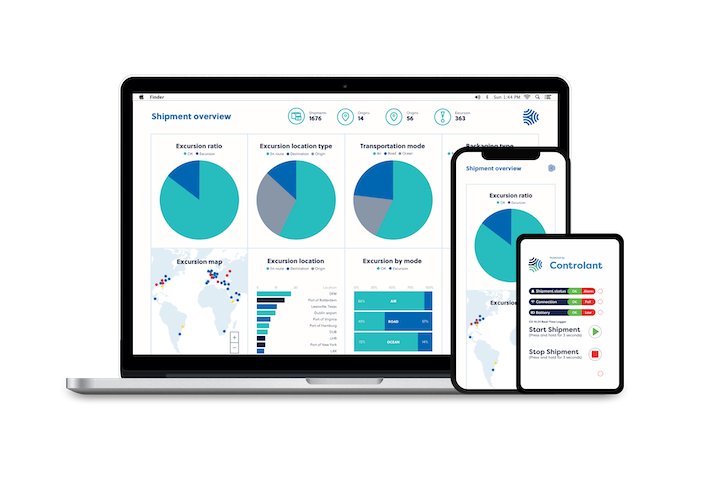This is not a review of the 2021 Ford Mustang Mach-E Sport SUV.
A few weeks back, I spent two short hours in Ford’s upcoming EV. I don’t feel comfortable declaring a conclusion with just a couple of hours behind the wheel. I need more time with the Mach-E, and after Ford reads this article, I’ll probably be last in line for long-term tests.
During my short time with the Mach-E, one thing became clear: The Mach-E should not be called a Mustang, and it should not be called an SUV.
By calling the Mach-E a Mustang SUV, Ford is selling buyers an experience not found in the Mach-E. This isn’t a fight over semantics. The Mach-E isn’t a sporty SUV in a traditional manner. For that, look at the Audi E-Tron Sportback or Tesla Model X. Those offer several key characteristics missing from the Mach-E SUV. They’re sturdy, stout and powerful, whereas the Mach-E feels small, loose and sloppy.
There are several areas of concern. I found the vehicle dynamics questionable. The throttle is nauseating, and the rear end has a hard time keeping traction. The range is poor compared to competitors; the AWD version gets 50 miles less than a comparable Tesla. And what’s more important in an electric vehicle than driving characteristics and electric range?
[gallery ids="2079337,2079341,2079330,2079339,2079338,2079336,2079335,2079332,2079334,2079340"]
Early impressions
A few weeks back I took a 2021 Mustang Mach-E AWD around a familiar route in lower Michigan. Every auto journalist knows this area by Hell, Michigan. Despite the name, it’s a lovely area with old-growth hardwoods lining gentle winding roads where cars can breathe. And for fun, turn off the main road for a bit of dipping and diving on gravel roads. This area was not kind to the Mach-E.
The test was short, but I was still left with several impressions.
The Mach-E bumbles around like an economy crossover. There’s nothing confident or reassuring about the ride or handling. Even with the Mustang name, the Mach-E doesn’t drive like a Mustang (hold your jokes; the latest Mustangs are fantastic). The Mach-E isn’t a car that can be thrown into a corner and expect to emerge safely. The body rolls, rear tires break loose and you lose respect for the Mustang name.
The throttle is touchy and over-expressive. Tap the peddle and Mach-E leaps forward. Combined with aggressive regenerative braking, the Mach-E takes some getting used to. I found the powertrain nauseating. Electric vehicles are an exercise in finesse. The electric motors need to provide power in a smooth, predictable fashion that’s exciting and confident without being overbearing. It’s a hard formula and something that few automakers have gotten right the first time.
I was immediately taken aback by the AWD Mach-E’s poor handling. Most modern EVs drive so well they’re boring. Not the Mach-E. The rear end is too lively for a pedestrian-vehicle, and not in a sporty manner. This is just sloppy and nauseating. The tires easily break free on everyday turns. Press down on the accelerator, turn the wheel and the vehicle often has to engage traction control to keep the rear wheels from spinning.
By insisting on marketing the Mach-E as sporty, Ford set the expectations on the capability outside of its technical ability. Things get loose when the driver leans into the performance aspects of the Mach-E. During my time with the Mach-E, there were several times I was rounding a normal corner and the back tires became unpredictable or took the car too wide. This is exaggerated with additional speed. I’m curious how the AWD system handles snow and ice. Several times during my test drive it struggled on gravel.
I later asked a Ford engineer about the tremendous amount of oversteer, and he replied, “Yeah, only if you drive it that way.” That stuck with me because I don’t think it was my fault. I don’t think I was driving the Mach-E around Ann Arbor, Michigan in an aggressive fashion, but even still, the roads were dry, and the traction control kicked on several times during my short drive. That shouldn’t happen.
The Mach-E performs better in a straight line. The acceleration is quick. With the go-pedal mashed to the floor, the Mach-E rears on its back legs and jumps forward with enthusiasm. Is it quicker than a Tesla? No, but it’s still quicker than most vehicles in its price range and plenty fast enough to speed away from a stop light.
The Mach-E has three driving modes. In the standard and economy mode, the throttle delivers power in a more refined method than the performance mode, which seems messy and crude. All three modes offer one-peddle driving through aggressive regenerative braking.
The electric range is another factor to consider with the Mach-E. The AWD version tops out at an EPA-estimated 270 miles compared to the 326 miles found in Tesla’s AWD Model Y. The RWD-only version of the Mach-E tops out at 300 miles per charge.
With such a short test, I’m unable to dive deep into the real-world battery range of the Mach-E. I need to live with the car and use it for a variety of tasks, both around town and long distance. All I can report is the results from my 2 hour drive: I average 2.7 miles to kilowatt-hour, I returned it with 112 miles remaining on the battery, which the vehicle says is 56%. I was driving the AWD model with the extended range battery. The EPA and Ford says this version is good for 270 miles per charge.
The Mach-E’s pricing is competitive with a starting price of $42,895. The AWD, extended-range version starts at $54,700 and heads north depending on options. Most U.S. buyers are eligible for a $7,500 tax credit. The Tesla Model 3 starts at $37,990. The long-range, AWD Model 3 that starts at $46,990; the Model Y crossover costs $49,990.
Competitors have downsides, too. The Tesla Model 3 and Model Y are novel vehicles with class-leading range, but they’re not without flaws, including questionable build quality. Other vehicles like the Polestar 2 are fantastic but have less electric range and a higher starting price of $59,900.
[gallery ids="2086643,2086642,2086640,2086638,2086634"]
The Mach-E’s interior is fantastic, and that was not a surprise. Ford builds some of the nicest interiors in its class, and the inside of the Mach-E is lovely.
Like most EVs, Ford took great steps to replace traditional automotive components with modern equivalents. Instead of a gauge cluster, a small, narrow LCD screen sits in front of the driver. It’s classy and efficient. A large LCD screen sits in the center stack for media playback and climate controls. A rotating knob is glued onto the screen at the bottom and provides physical volume control. I really like the volume knob.
The seats seem fine. I was only in them for two hours.
The inside is a bit cramped, but it’s acceptable for a small crossover. The driver sits in a commanding position, which could be the reason for the SUV designation. Two adults can sit in the back for a cross-town jaunt, but I wouldn’t want to sit back there for an extended amount of time, as legroom is lacking.
I’m frustrated about the vehicle’s dynamics, which overshadow fun features found within the Mach-E. Owners can use their smartphone as a key and preprogram navigation routes through a robust road-trip app. The doors are operated by a button, allowing for a cleaner exterior. Ford is even adding hands-free driving through an over-the-air-update, too. But these items hardly matters. Who cares if the cake’s pretty if it tastes like sadness?
TL;DR
My first impressions of the Mach-E are poor, and I went into this short test with excited optimism. For me, this Ford Mach-E was supposed to bring the joy of electric vehicles to the masses through a familiar nameplate and legacy manufacturer. I’m a Ford guy who lives in Michigan and looks at the Mach-E development with local pride. I’m disappointed.
Right now, based on first impressions, I can only recommend shoppers try competitors before buying the Ford Mustang Mach-E. I don’t think this vehicle is good enough to buy over a Tesla.








